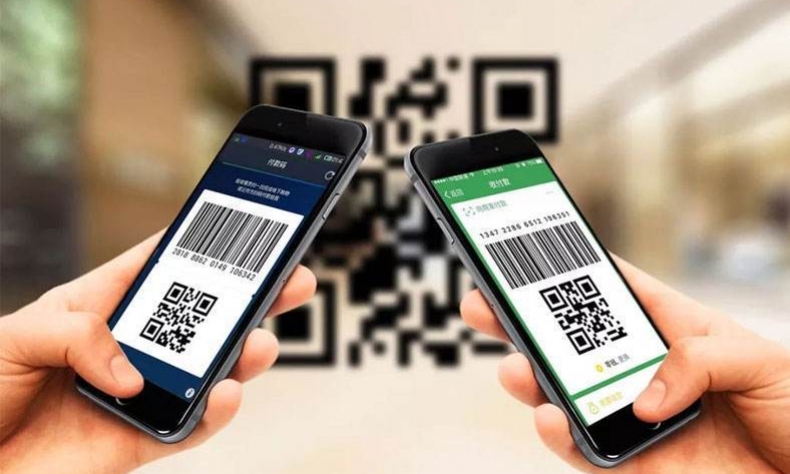Staying in Touch with China

Unlike many countries that have a variety of messaging apps, there’s no question that in China, WeChat is the go-to.
In today’s hi-tech global village, no matter where you live, the most important communication question is, “What’s the go-to chat app?”
In China, it’s WeChat. But the Tencent-developed app is so much more than just a messaging and social media app. It’s a payment platform, a way to buy travel tickets, a news aggregator, a taxi hailer, and amid the novel coronavirus disease pandemic, one of the leading ways to provide a QR-generated health code.
The best thing about it is it’s ubiquitous. Whether you meet someone online, a company’s HR thinks you’re a suitable candidate, or you’re looking to buy someone’s second-hand TV, the logical next step is to add their WeChat. Unlike many countries that have a variety of messaging apps, there’s no question that in China, WeChat is the go-to. Although outside of China, many people don’t understand its multifaceted uses, it’s still a significantly important app for me despite having left China several months ago.
As I still work for Chinese organizations and get paid in yuan, WeChat continues to be an efficient and effective way for me to remain connected with China. Because my Bank of China account is linked to my WeChat, I can use the app to make bank transfers and keep an eye on my balance. I can send money to my friends while also seeing what they’re up to, thanks to WeChat’s infinite scroll feature Moments. It’s also the easiest way for me to receive files since I can use the app on my desktop and transfer the files sent as WeChat attachments with just a click and drag.

Of course, hundreds of other messaging apps offer unique features such as end-to-end encryption, the ability to record and send longer videos, and more engaging chat options. However, WeChat is stacked with hidden features that, to be honest, took me longer to find than I care to admit.
For example, hidden below the “Scan” option is the option to directly translate text by taking its image using the camera instead of using the translation function. In addition to PDF and document files, you can also send songs in MP3 format. One of my favorite features is the option to save GIF stickers and get a preview before sending them, which has saved me a ton of embarrassment.
I don’t like social media. I thought I would delete WeChat after leaving China much in the same way I deleted Facebook and Instagram when I left the United States in 2013.
However, I keep going back to WeChat. Perhaps it’s the familiarity, or its ease of use (let’s be honest—it’s also because I get paid on WeChat and can track my money), but whatever the reason, it has proved to be a functional tool that I use every day.
I use it to talk to my friends in China, transfer documents for work, and catch up on China news from the accounts I subscribe to. I don’t see WeChat becoming a global powerhouse like WhatsApp or, more recently, Signal and Telegram, because it would require millions of people to switch and people are lazy.
Still, for its more than 1 billion daily users, WeChat will continue to deliver on its promise that it is more than a messaging app—it is a lifestyle.
The author is a freelance reporter and editor.
 Facebook
Facebook
 Twitter
Twitter
 Linkedin
Linkedin
 Google +
Google +










